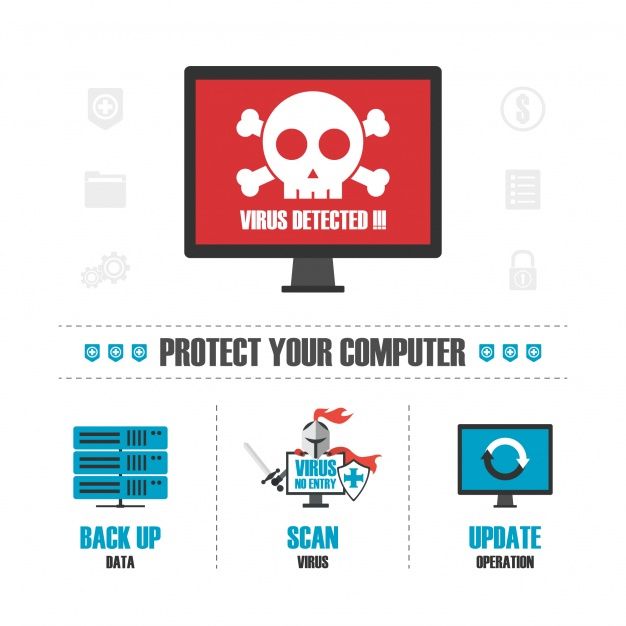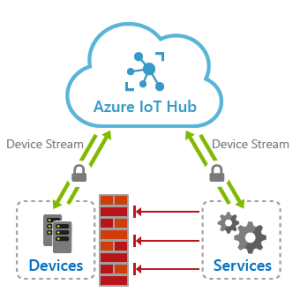
Introduction
In today’s digital age, where technology is an integral part of our lives, it is essential to understand the insidious nature of computer virus threats and take preventative measures to safeguard our devices and data. This article will provide an in-depth examination of computer virus threats, their potential consequences, and effective preventive strategies.
What is a Computer Virus?
At its core, a computer virus is a malicious software program designed to replicate itself and infect other devices or systems. These viruses can hide within files, software, emails, or even disguise themselves as legitimate programs, making them difficult to detect. Once a virus infects a device, it can cause significant harm by altering, stealing, or corrupting data and compromising system functionality.
Common Types of Computer Virus Threats
1. Worms: These self-replicating programs spread across networks without user intervention, capturing resources and degrading system performance.
2. Trojans: Often disguised as harmless software, Trojans trick users into installing them, allowing hackers unauthorized access to the infected device.
3. Ransomware: This type of virus encrypts files on the infected device, rendering them inaccessible until a ransom is paid to the attacker.
4. Spyware: Spyware collects sensitive information without the user’s consent, such as passwords, personal data, and browsing habits.
5. Adware: Unlike other malicious viruses, adware primarily displays unwanted advertisements to generate revenue for its creators.
The Consequences of Computer Virus Infections
A computer virus infection can have severe consequences for individuals, businesses, and even governments:
1. Data Loss: Viruses can delete or corrupt critical files and data, leading to irreversible damage and financial loss.
2. Identity Theft: Spyware and Trojans can capture personal information and banking details, thereby enabling identity theft and fraudulent activities.
3. Financial Loss: Ransomware attacks can paralyze businesses, leading to downtime, reputational damage, and financial extortion.
4. System Malfunction: Some viruses are designed to disrupt system functionality, causing crashes, freezes, and other performance issues.
Prevention Strategies
To mitigate the risks posed by computer virus threats, it is crucial to adopt robust preventive measures:
1. Invest in Antivirus Software
Choose a reputable antivirus software solution to provide real-time protection against a wide range of viruses. Regularly update the antivirus software to ensure it can detect and defend against the latest threats.
2. Keep Operating Systems and Software Up to Date
Software developers frequently release security patches and updates to fix vulnerabilities. Enable automatic updates for your operating system and all installed programs to benefit from the latest security enhancements.
3. Exercise Caution with Email Attachments and Downloads
Avoid opening attachments or downloading files from unknown or untrusted sources. Even seemingly innocent files can contain hidden viruses. Verify the sender’s identity and scan attachments with antivirus software before opening them.
4. Use Strong and Unique Passwords
Create strong passwords comprised of a combination of letters, numbers, and symbols. Avoid reusing passwords across different platforms, as it increases the risk of multiple accounts being compromised simultaneously.
5. Enable Firewall Protection
Firewalls act as a barrier between your device and potentially harmful external networks. Enable the built-in firewall on your device or consider using a trusted third-party firewall solution to protect against unauthorized access.
6. Regularly Backup Important Data
Ensure that critical data is regularly backed up to an external storage device or a secure cloud platform. In the event of a virus infection or data loss, this proactive measure can help restore your valuable information.
7. Stay Educated and Vigilant
Keep yourself informed about the latest computer virus threats and common cyber attack techniques. Stay vigilant while browsing the internet, and be cautious of suspicious websites, pop-ups, and phishing attempts.
Conclusion
Computer virus threats pose a significant risk to our digital lives, potentially causing data loss, financial havoc, and compromising personal information. By understanding the types of viruses, their consequences, and implementing preventive strategies, we can effectively protect our devices and safeguard our valuable data. Remain proactive and stay up to date with the latest security practices to enhance your defense against these ever-evolving threats.

